For years, as a crazy lover of the British car world, I have dreamed of being able to drive at least once in my life once Caterham Seven. The stories I read from the best journalists across the Channel praised it: “the purest car in the world”, “a testament to sporty driving”, “the ode of passion for the car”. But will it really be like this? Thanks to my dear friend Alberto, at the Gino Store Lotus in Moncalieri and Fabio di Chio I was able to crown this dream, which today I will try to tell you. It will be a different test drive than usual, emotional rather than analytical. Welcome aboard with me the Caterham Seven 485R, in what you will discover was one of the most unforgettable experiences of my life.
But what is a Caterham Seven?
Before starting to tell you what it feels like to drive a real Caterham Seven, let’s leave some space for the history and the technical data sheet of this four-wheeled insect. In fact, we are not dealing with an Audi RS3, a BMW M2 or models of which all fans know power, displacement and time on 0-100. The Caterham Seven 485R that I was lucky enough to try is in fact part of the family of small English sports, which starts from the famous Lotus and reaches the tiny Houses Ariel, Zenos, Westfield and many others.
These companies produce cars with passion, aiming at three fundamental pillars of British motoring: lightness, engines derived from the large series and, possibly, without a roof. And it is precisely there our protagonist of today is the one who gave birth to all this movement. The Seven project was born in fact in 1957 come Lotus, from the genius of Colin Chapman, founder and key man of the House of Hethel. His idea was simple. To produce a sports car that is as economical as possible, which managed to condense driving emotions, a true Lotus frame, essentiality and lightness, a true “four-wheeled motorcycle”.
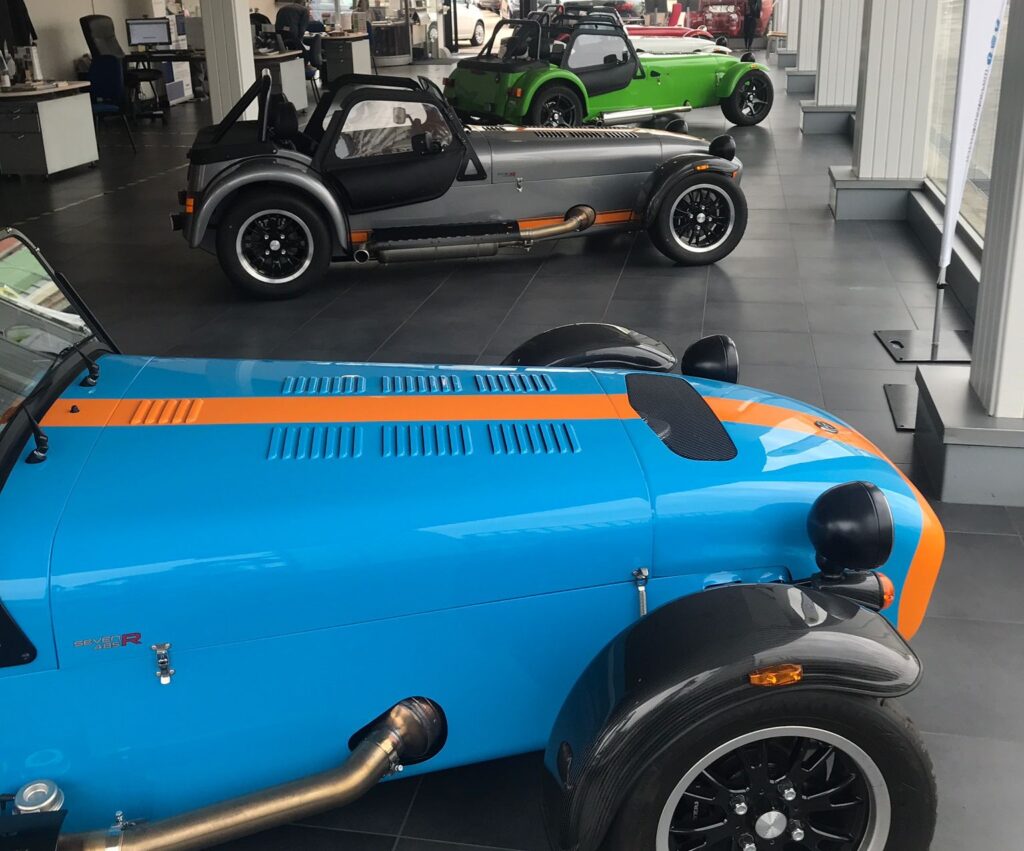
Hence, the Seven project was born, the most essential sports car there is. The project gave Lotus a lot of satisfaction, so much so that in 1973, with the production of more modern models, the House of Hethel decided not to stop the production of such a valid model. The Seven thus changed hands, and the project rights were assigned to Caterham. Caterham Cars Ltd. was the UK’s largest Lotus dealer, and knew the Seven inside out. So it was that, when Lotus production ceased, Caterham’s owner Graham Nearn decided to buy the blueprints and machinery. So it was that in 1973 the Caterham Seven was born, still produced exactly the same today, 48 years after the first Caterham and 64 years after the model’s debut on the market.
Before driving it, a bit of technique: why is this tin box so special? The watchword is lightness (and pure madness)
Yes because, I know it sounds incredible, but our Caterham Seven 485R is a new car, produced in 2021. Since the summer of this year, in fact, the huge Gino Group, multi-brand dealer born in Cuneo with Mercedes and now active in various regions of Italy and with brands of absolute value, has decided to officially import these crazy cars. But precisely, what makes them so crazy? Let’s start withaesthetics, which has remained unchanged (or almost unchanged) since 1957.
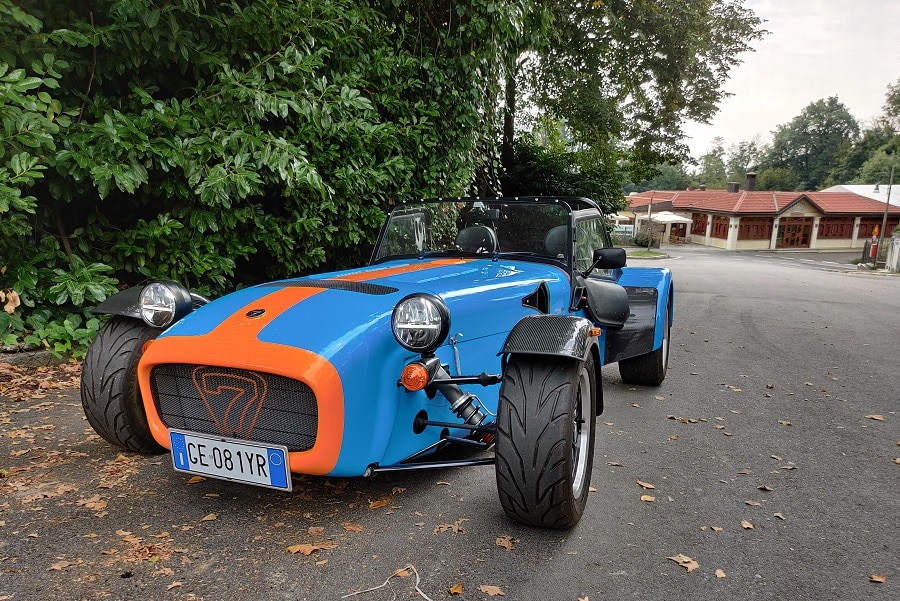
Watching it live for the first time is totally unsettling: it’s unlike any other car I’ve ever tried. Very small, very low, very narrow: the dimensions of Caterham Seven immediately make it clear that we are dealing with acar that on the altar of lightness has given up… everything. The “modern” Seven is in fact long 3.1 meters, over 50 cm less than a new Panda, is 1 meter and 58 wide (10 cm less than the aforementioned Panda) and is “high” solo 99 cm. But we have the “big” one, endowed with SV frame also suitable for the tallest. Practically, the car widens, stretches to offer more space for the occupants and have a more important footprint. From 3.1 meters in length it goes to 3.35 m, always 20 cm less than a Panda, and the width rises to 1.69 m, making it a few cm wider than a Citroen C1.
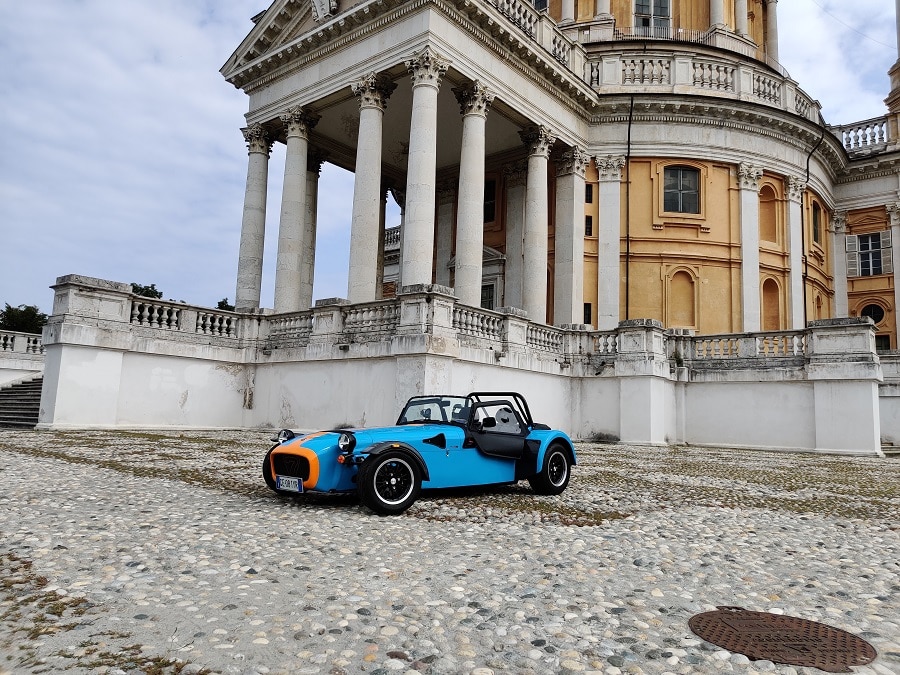
The cantilevered headlights and round grille make it look almost like a insect, and the front wheels covered by a small mud flap certainly do not help to make it look more “normal”. The pointed snout is in fiberglass, while theentire body is made of aluminum, as well as the tubular frame, the skeleton of our Seven. The cockpit is really skimpy, and sitting on the huge rear fenders which make it mean and aggressive. Then we want to talk about the completely visible side discharge? Be careful when you get off, the risk of burning your calves is really high.
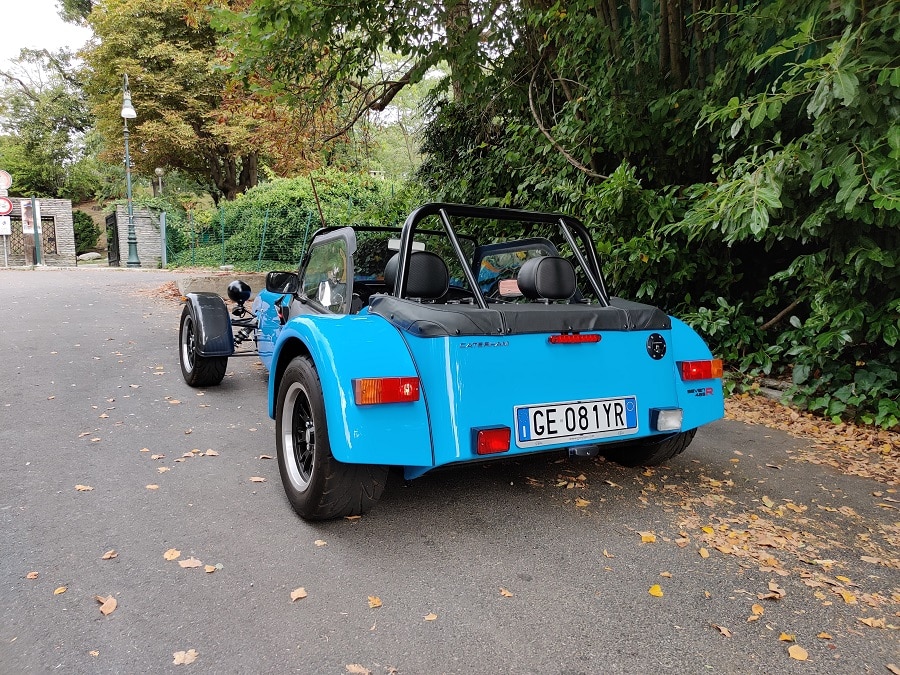
Behind, Caterham Seven has a very squared rear, cut with a hatchet. There is no trunk, or rather, a tailgate. The entire rear panel is fixed, evidently designed to accommodate the external spare wheel. Here, cantilevered behind the rear axle, is the “Luggage compartment” from undeclared capacity, in spans of perhaps 20 or 30 liters, which shares the space obtained on the top of the thing with the housing for the capote (very uncomfortable to assemble and very little insulating) and the reservoir, placed just behind the seats. Better not to think about safety in the event of a rear-end collision while driving it… Then there are no real doors, but some removable vinyl doors (and optional). The windscreen is also optional, as well as the roof and the roll-bar: if this doesn’t make you understand what we are talking about …
The mechanics are exquisitely retro: no driving aids, naturally aspirated engine, manual gearbox. And a 0-100 km / h in 2.8 seconds !!
And in fact it is precisely the weight the number that makes your eyes roll. Our The Caterham Seven 485R weighs only 520 kg. It weighs less than half of an Abarth 595, and a third of a BMW M2 Competition: unbelievable. And thanks to such a small mass, all other characteristics are commensurate with the weight. The wheels, for example, are 13 inches, with 185 tires at the front and 205 at the rear. The brakes are AP Racing at the front and Brembo at the rear, but Lilliputian in size. And the engine doesn’t need hundreds of horsepower to thrill.
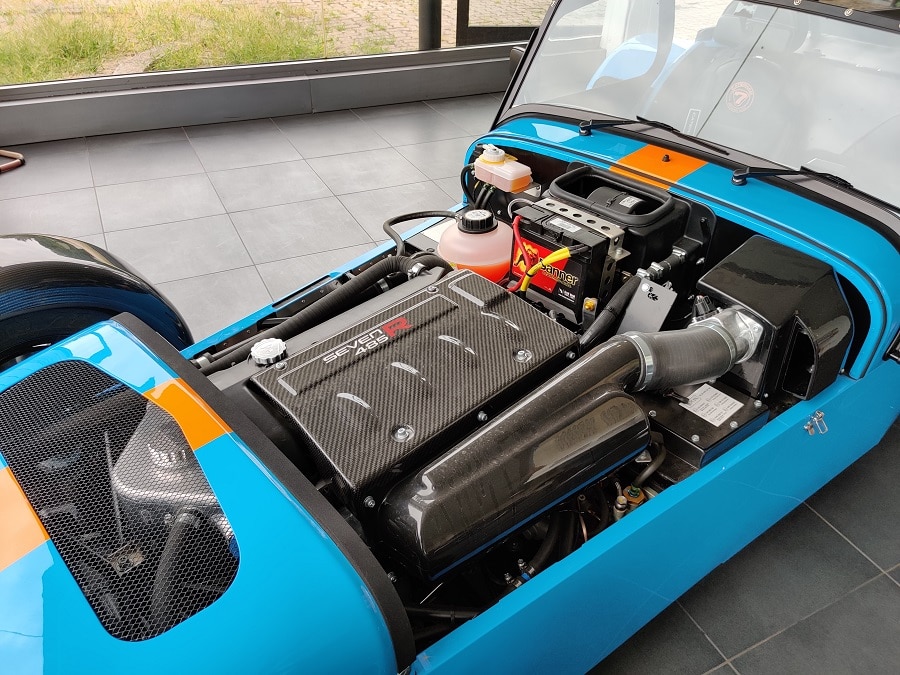
Under the tiny hood of the 485R we find a 2.0 Duratec Ford 4-cylinder naturally aspirated from 240 hp and 206 Nm of torque, with red zone well 8,500 (eight thousand five hundred!) Revolutions. The change and obviously manual, a Mazda 5-speed production, and the traction is, but what do I tell you to do, rear. The tires then are of the Avon ZZS, from the semi-slick high performances that help the Seven to stay attached to the asphalt, and to unload all the power of the 2.0 Ford to the ground. The 485R version, in fact, is one of the fastest ever made by the small English factory. The abbreviation 485 in fact indicates the power to weight ratio of 485 hp per ton, over 150 hp more than the new Porsche 911 GT3. A fact that is, understandably, synonymous with insane performance.
The 0-100 km / h is covered in about 3 seconds (2.8 according to Caterham UK, 3.2 according to Caterham EU), and the top speed is 230 km / h. On a 500 kg wren. Incredible. On the version R, then, you are entitled to the mechanical self-locking differential, Everyone shift lights on the dashboard, al Sport button that nasty the 2.0 Duratec and opens the exhaust valves and … that’s it. These three are also the only concessions to modernity present in the whole car. ABS? No. ESP? He doesn’t even know what it is. Radio? But it is not necessary! Air conditioning? Absolutely not: there are only two fans for heating, but trust me, you don’t need …
How does it feel on Caterham Seven 485R? Surprisingly spacious, it is almost comfortable. But the “goalkeepers” make you understand what it’s made of
Let’s start with thedriving experience, which inevitably begins with sitting on board. Before trying this 4 wheel motorcycle it was precisely the moment to get behind the wheel that frightened me most. They are in fact quite robust, 1.90 m tall and weigh about 95 kg, so the afraid not to be there was founded. In reality, the hardest part is getting on board: you practically have to stand up on the floor of the 485R and then slowly get on board, calmly inserting your legs under the steering wheel.
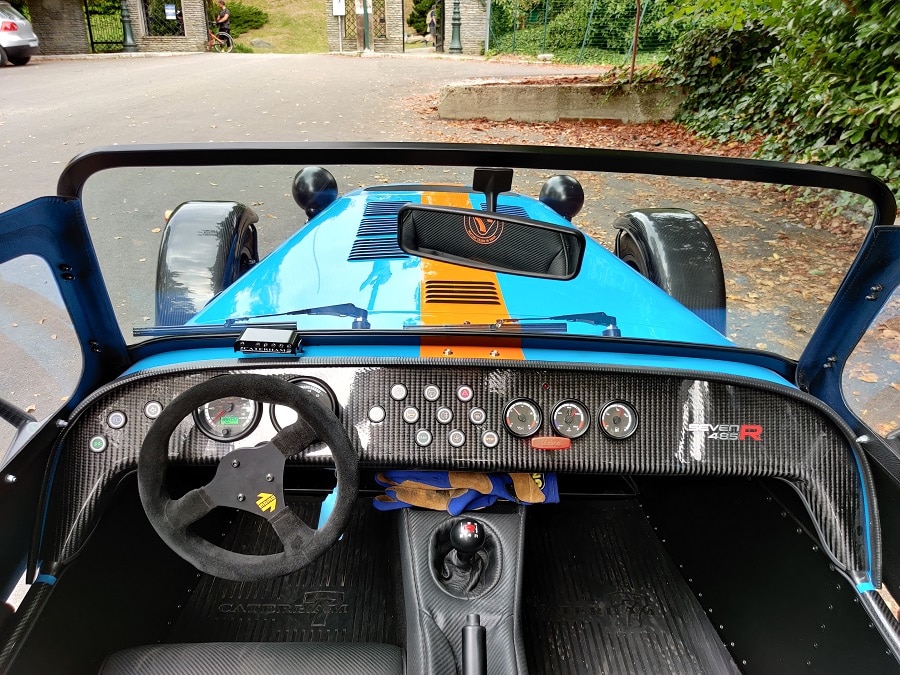
Once the process of inserting the legs is completed, with great calm, there is a surprise waiting for me: they are incredibly comodo. Now, let me explain. Obviously, any segment B subcompact is much more comfortable, but the space for legs and shoulders is sufficient and adequate to drive well. The driving position is relaxed like on a real racing car. Your legs are practically at the same height as your hips, and the tiny flyer is attached to your chest. No airbags, of course, but there are 4-point belts that make you always and in any case stay in your place. I was incredibly surprised by the presence, in front of the gearbox, of a compartment for the smartphone and a 12V socket. A touch of modernity in an interior that has been the same for 64 years. But then, how beautiful is the carbon fiber dashboard?
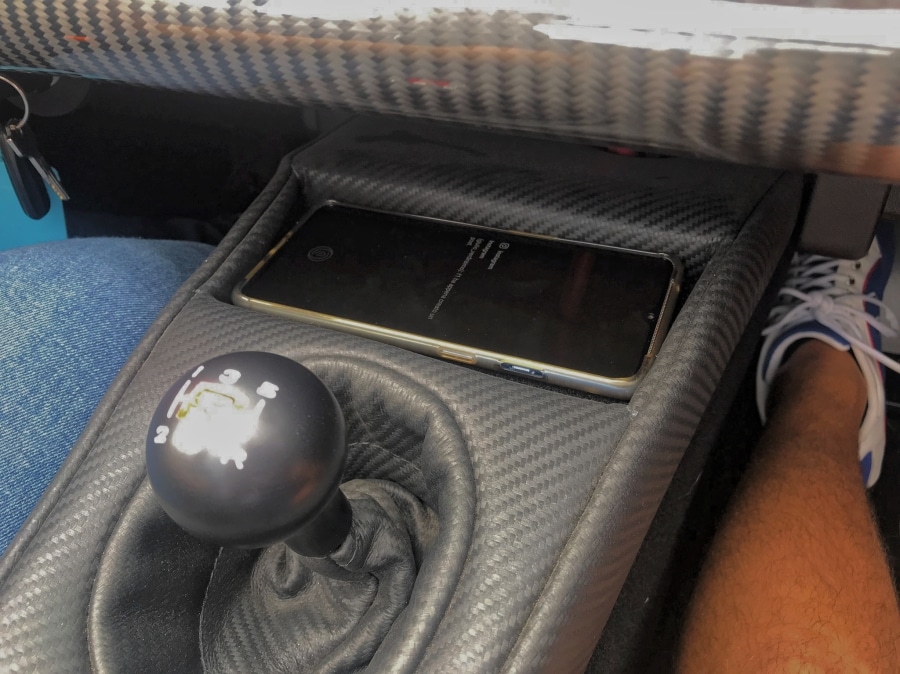
The very short gear lever is just a few centimeters from the steering wheel, and the pedals, albeit small, can also be used by those with a 47 foot foot. come me. Then there are no light switches: all the (very few) controls for the arrows, lights, comical wipers and (poor) ventilation are all at your fingertips in the form of keys on the dashboard, and surprising for the space available. In seconds you almost forget which car you are sitting in, but just look around to realize it, especially focusing a few millimeters from the left elbow. In fact, here are the “doorman“, Which it would be more correct to define as gods vinyl pieces with a plexiglass window. The feeling of lightness and exposure to the elements and other cars is incredible. If you think about it, stop enjoying it. Then let’s start the engine, and drive.
The first few meters on a Caterham Seven 485R: narrow, uncomfortable and burning and VERY LOW. But it also has flaws
Do you remember when I told you that even the tallest ones are comfortable with us? I do not take back what I said, because there is space. But remember that we are talking about a loaf of 3.1 meters and 500 kg scarce, then space and comfort are concepts that Caterham never embodies. From the very first meters you get to know one very heavy clutch, with non-power assisted steering and very hard brakes, without ABS and apparently without brake booster.
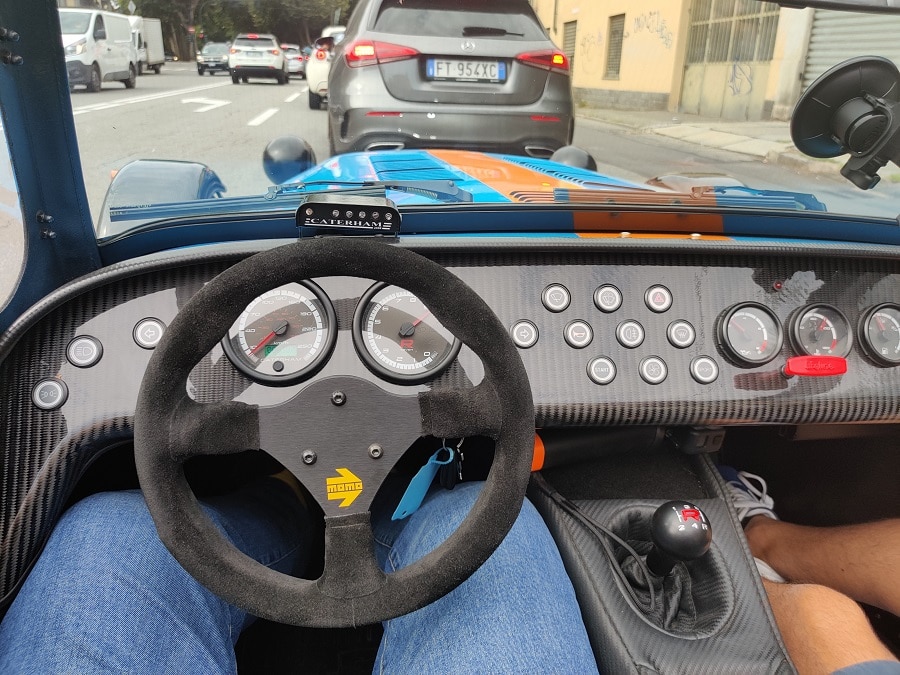
At very low maneuvering speeds, drive a …






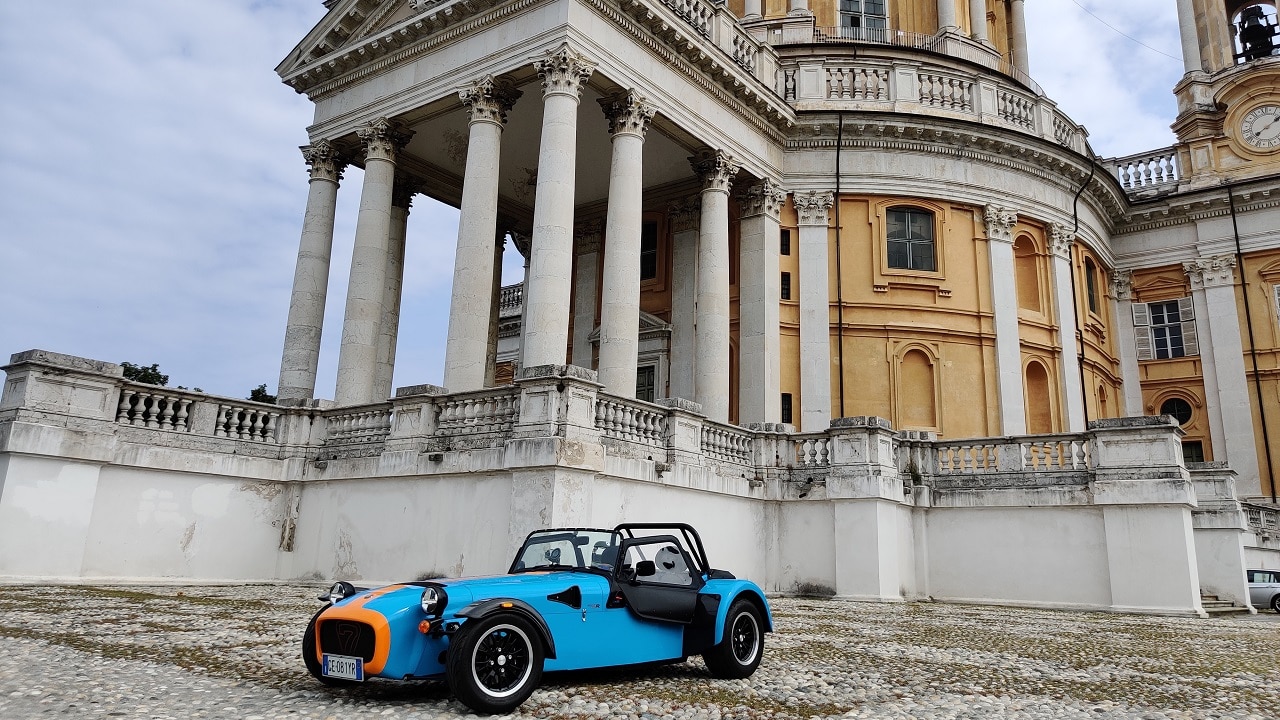





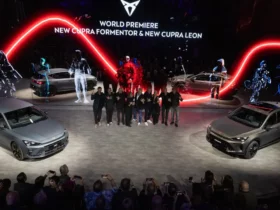


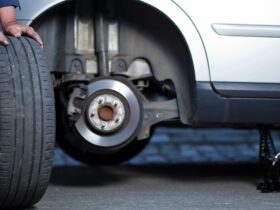
Leave a Reply
View Comments